Mining Character Arcs for Plot
Often times our stories come to us in visual flashes. We see a character in an intriguing situation. They haunt us before we fall asleep at night or when we're barely conscious in the wee morning hours. We are storytellers. It’s not our job to ask why these random characters pop into our minds, but who they are and what the story is they have to tell. It's almost as if we are the transcribers and they call the shots. Sometimes these characters are silent types and we have to drag their stories out of them before we know in which direction to go.So, let’s say you have dear Aunt Edith in kitchen with a casserole standing over Uncle Louie’s body--in other words you have a character with problem in an interesting situation. Poor Aunt Edith didn’t snuff Louie, but she’s going to take the wrap if you don’t figure out how to bail her out. So now what? How can we push the plot forward from the inciting incident?
Okay, let’s say Edith’s fatal flaw that got her into the mess in the first place is her desire to take care of everyone, whether they want her help or not. She has a habit of showing up unannounced at the most inopportune times, often creating havoc, and yes, even occasionally death. Somehow Edith must learn an important lesson from Louie’s ill-timed demise and her embarrassing brush with the law and redeem herself. At the end of the story, we know she becomes a welcome member of her family instead of the dreaded black plague who has folks running when her number pops up on their caller ID.
We need to develop scenes that will show Edith’s character flaw and how it works against her in the opening of the story. Then we need to make a list of scenes that show her learning from her mistakes and growing into the new and improved Aunt Edith we see at the end of the story.
Now, it’s time for some brainstorming and character digging. Divide your paper into two columns. Label one “Beginning” and one “End." List scenes that show your protagonist’s fatal flaw working against him or her under the ”Beginning” column. In the opposite column, list scenes that show your character overcoming their flaw. Think BIG here. This is the time to let your imagination run free. Put your Aunt Edith through the ringer.
When you have a good number of scenes, I would suggest you order these scenes in rising intensity. In these scenes, you may have a scene that could serve as reversal--the character thinks they have finally gotten things back on track only to find things are actually worse. Your goal is to move the character toward the climactic moment where all seems lost. The character will be forced to dig deeper into herself to find a solution to her problem. Remember, only a character in conflict will grow beyond his or her comfort zone. So pile on the conflict and make them work for their happy ending.







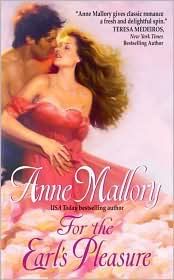

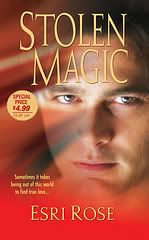

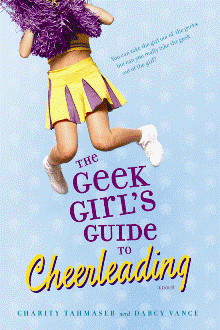
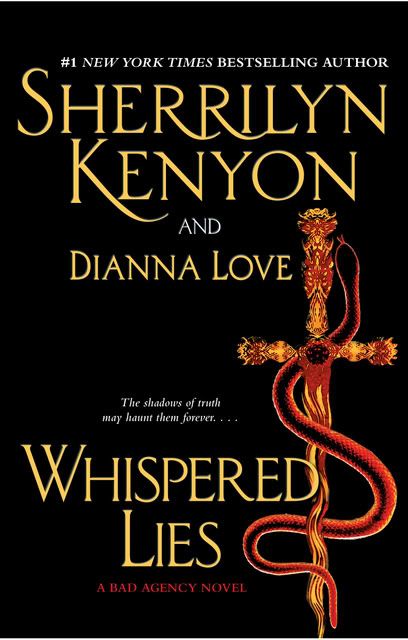






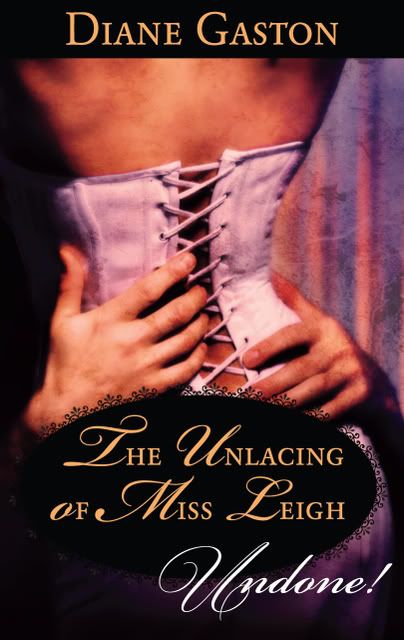








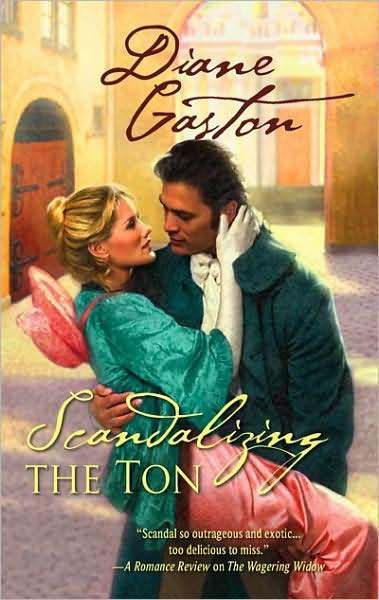

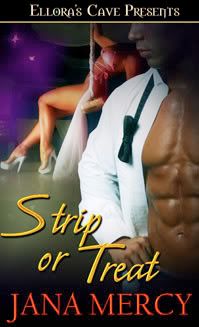
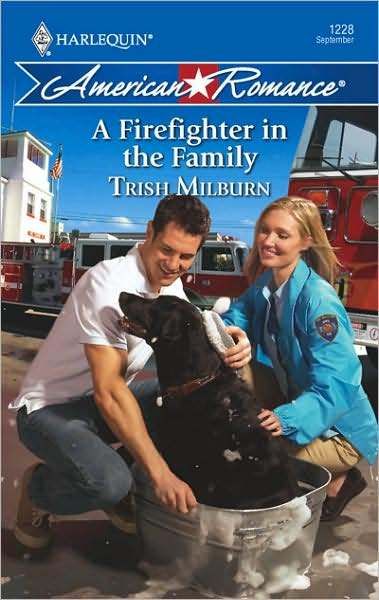

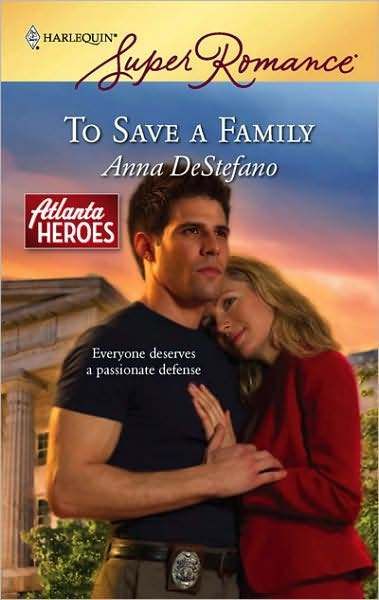










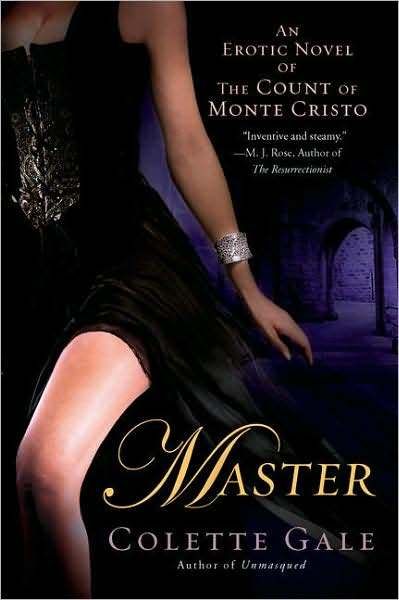






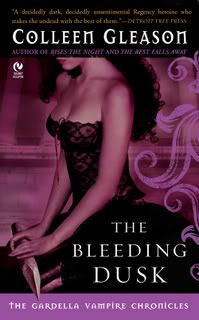







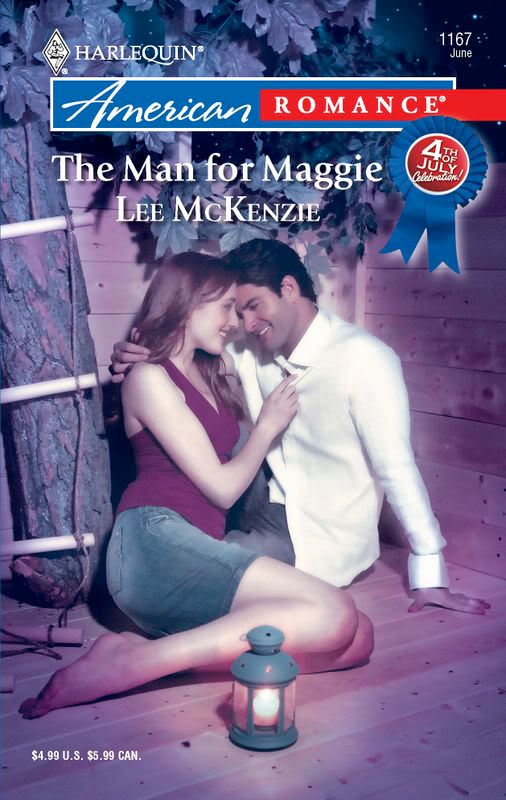


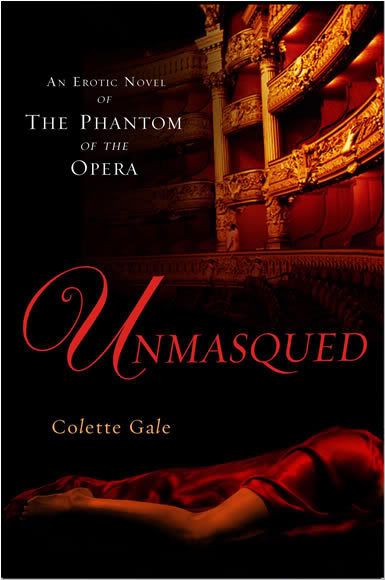
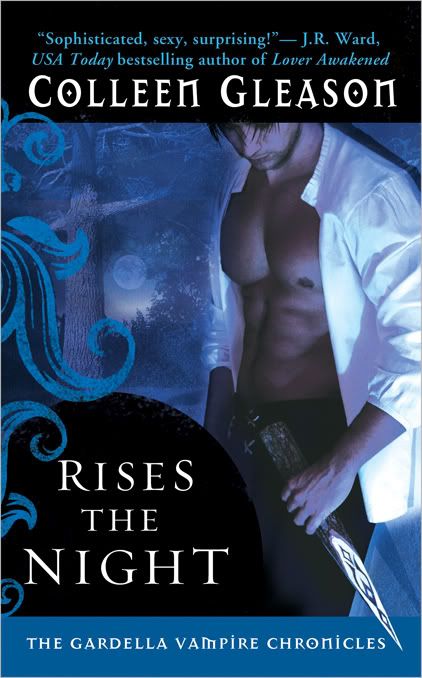
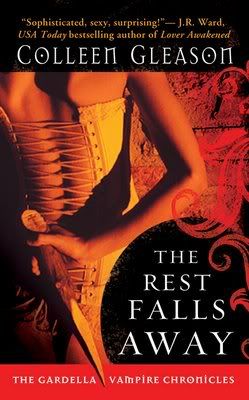



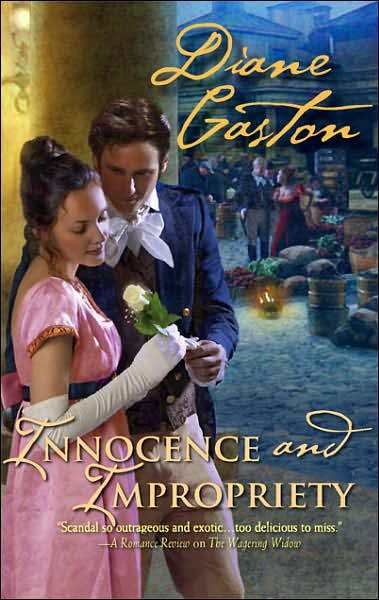

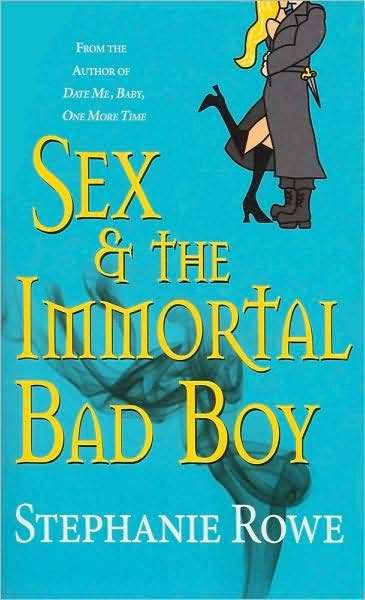
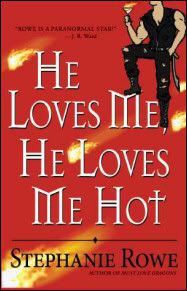







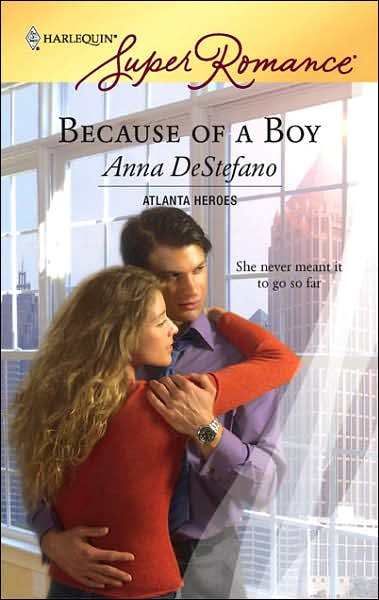

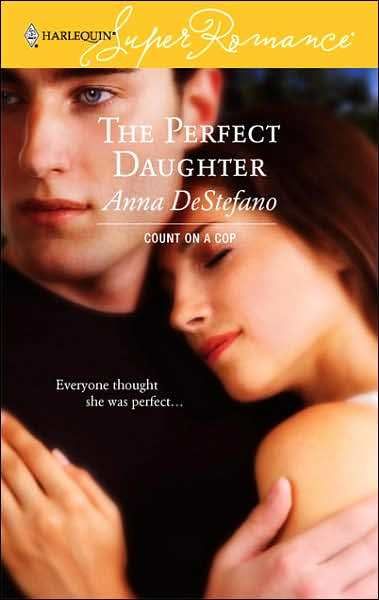






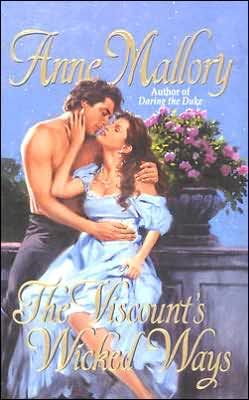
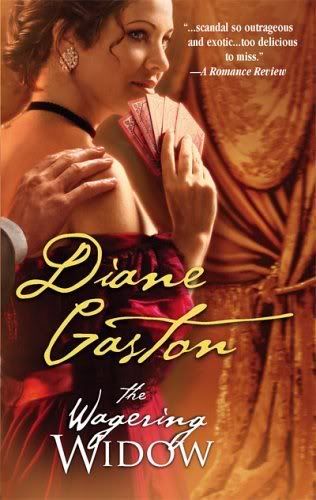
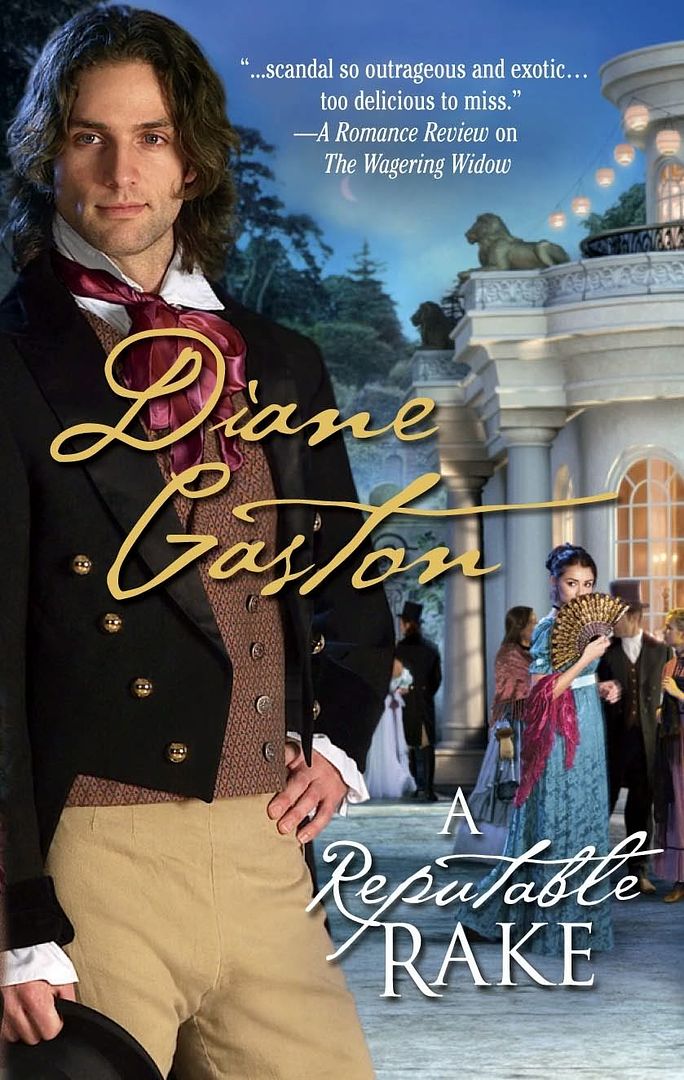



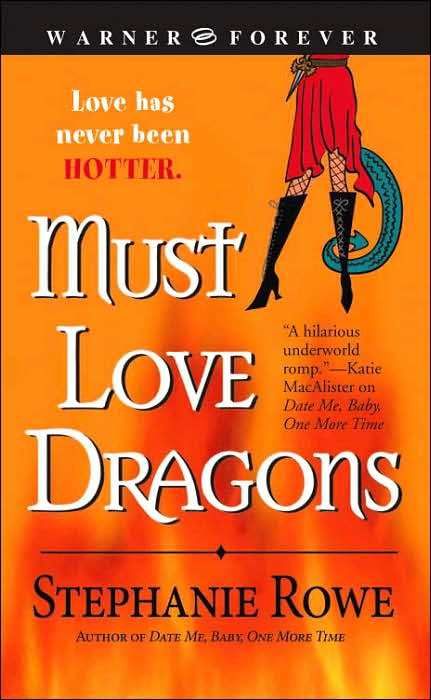
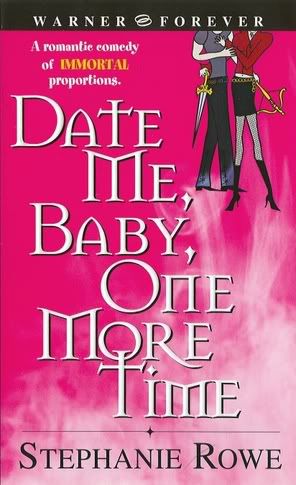




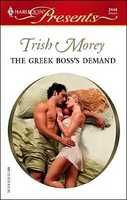









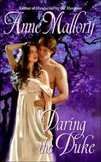
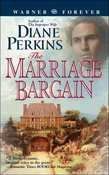
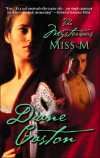

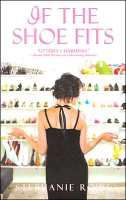

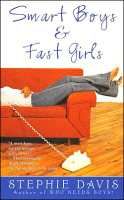


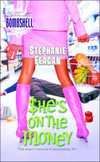
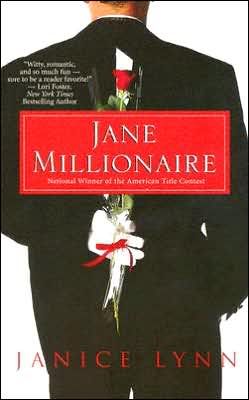




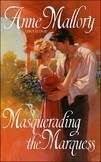
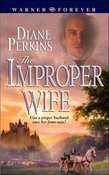
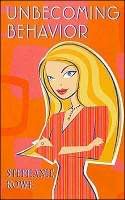
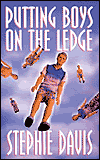


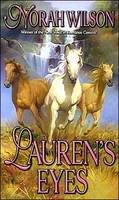







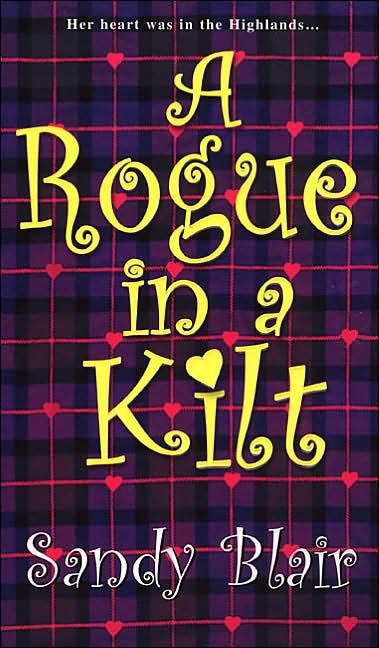

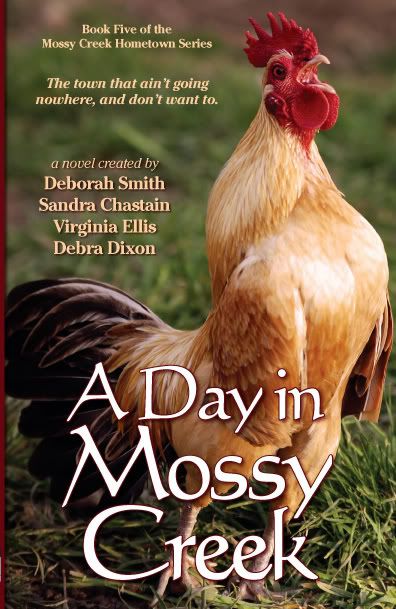

12 Comments:
This is great stuff, Lorelle. Its quick and easy and I'm a list maker for sure! As an example for the list you might start for Aunt Edith:
1. She talks before thinking things through and says too much;
2. Aunt Edith asks the wrong people for help which might dig her into deeper doo doo;
Is this the kind of list you mean?
Oooh, I like this a lot!! Lists I can do! I am the QUEEN of lists! People say had I made the lists for the Titanic it never would have sunk!
I am definitely on my way to making a list for poor little Marcus and Addy and seeing how my rough draft does in the torture category.
Thanks, Lorelle!
Excellent! I love lists, too. And I think putting the scenes in order of intensity is really smart.
You know, I can't do this (or I don't think I can do this). I just have to write it. These days I write it in synopsis form first, but no way can I start with a list. Or to analyze my characters like that.
I think this is a great tool for brainstorming a plot. I'll fit right in lots of people's toolboxes. My brain just doesn't work this way.
This is a great tip, Lorelle. It's a good alternative to full-on plotting.
Theresa,
I would brainstorm specfic events that show the character in action.
1. Aunt Edith decides to fertilize her neighbor's roses and kills her prize rose. Now everyone in the neighborhood is angry with her.
2. Aunt Edith wants to regain the neighbors' trust and bakes cookies for everyone, but her cookies make them sick. Everyone has to be rushed to the hospital for food poisoning.
Poor Aunt Edith is beginning to sound a bit like Amelia Bedelia!
Lorelle,
Great idea with the dual list. And I love this Aunt Edith character. She has to go in one of your books now!
Great article Lorelle! I agree with so many of the terrific comments.
Dianna
Nothing like sticking your characters in trees and shooting at them.
I like these ideas -- and they seem less like "real" plotting to a pantser. I usually look at a scene and try to make sure it has at least 3 reasons to be in the book. "Cool writing" is NOT a reason.
It's kind of like playing "what if", which is another way I decide what's going to happen next.
Hey, this is a great exercise, Lorelle! I need to print this out and use it about the time I've finished with my first plot outline and am thinking it's pretty good. I have the feeling this would flush out the weak spots and hurry along the character development. Thanks!
Terry: "Cool writing is not a reason..." LOL. If I had a nickel for every lyrical passage I hacked out... Well, I'd only have about two-fifty, because I'm not a very lyrical writer. But that makes them even more precious!
Hey Theresa I can see my reply didn't come through. Must have been that phone call before I hit publish.
I would suggest brainstorming actual events in the chaacter's life that show her dealing with the problem.
Aunt Edith bakes cookies to make amends with the neighbors, but the cookies make them sick.
To counter this, Aunt Edith might take a cooking class to improve herself.
She won't improve overnight. There will be setbacks along the way to the final dark moment when all her efforts to improve will seem for naught. At that point, we will see her dig deep within herself and rise to the challenge. In the end, she will have figured out how to channel her compulsive need to help into a positive force which will help her achieve her ultimate goal.
Great examples, Lorelle. Thanks again.
Post a Comment
<< Home
Subscribe to Post Comments [Atom]